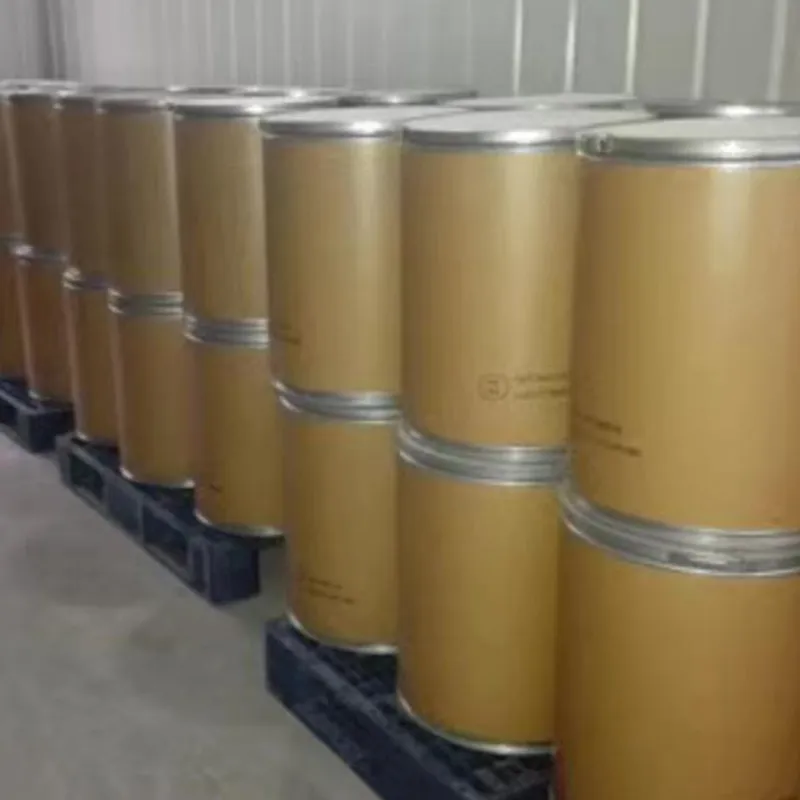
Exploring the Role of Xanthan Gum as an Effective Emulsifier in Various Applications
Xanthan Gum as an Emulsifier An Overview
Xanthan gum is a well-known polysaccharide widely used in the food industry for its versatile thickening and stabilizing properties. Derived from the fermentation of glucose or sucrose by the bacterium *Xanthomonas campestris*, xanthan gum is a natural product that has gained popularity not just in food applications but also in cosmetics, pharmaceuticals, and various industrial sectors. One of its remarkable functionalities is serving as an emulsifier, which is crucial in products that require the mixing of oil and water.
Understanding Emulsification
Emulsification is the process of mixing two immiscible liquids, typically oil and water, to form a stable blend known as an emulsion. Emulsions are prevalent in many food products, including salad dressings, sauces, and mayonnaise. The stability of these emulsions is paramount because it affects both the texture and shelf-life of the product. Effective emulsifiers are required to reduce the surface tension between the oil and water phases, thereby promoting a stable, homogeneous mixture.
Xanthan Gum's Role as an Emulsifier
Xanthan gum functions as an emulsifier primarily due to its unique molecular structure, which is characterized by a high molecular weight and the ability to form a gel-like consistency in solution. When xanthan gum is added to a mixture of oil and water, its molecules interact with both phases, allowing it to stabilize the emulsion. This stabilization primarily occurs through two mechanisms
1. Viscosity Enhancement Xanthan gum significantly increases the viscosity of the aqueous phase. A more viscous solution can help to prevent the coalescence of oil droplets by providing a physical barrier. This reduced movement between droplets minimizes the likelihood of phase separation.
xanthan gum as emulsifier

2. Interfacial Film Formation Xanthan gum can form a film at the interface between oil and water droplets, which further stabilizes the emulsion by inhibiting droplet aggregation and coalescence. This film helps maintain the separation of the two phases, allowing for a more stable emulsion over time.
Advantages of Xanthan Gum
One of the key advantages of xanthan gum as an emulsifier is its ability to function effectively across a wide range of temperatures and pH levels. Unlike some other emulsifiers that can be sensitive to environmental conditions, xanthan gum retains its stabilizing properties, making it suitable for diverse food products. Furthermore, it is non-toxic and considered safe for consumption, aligning with consumer preferences for natural additives.
Xanthan gum is also beneficial in terms of texture. It contributes to a creamy mouthfeel, enhancing the sensory experience of emulsified products. Its ability to produce a stable, viscous texture with minimal use makes xanthan gum a cost-effective choice for manufacturers aiming to improve product quality while also maintaining profitability.
Conclusion
The incorporation of xanthan gum as an emulsifier provides an effective solution for stabilizing oil-water mixtures in various food formulations. Its unique properties enable the formation of stable emulsions that enhance the texture and shelf-life of products while being safe and natural. As consumers continue to seek cleaner labels and higher-quality food products, xanthan gum's role in the industry is likely to continue growing, solidifying its status as a valuable ingredient in food science. Its multifaceted applications not only improve product stability but also cater to modern dietary preferences, making xanthan gum an essential emulsifying agent in today’s food industry.
-
nitrile-rubber-honoring-strict-production-standardsNewsAug.22,2025
-
aspartame-ingredients-honoring-food-safety-valuesNewsAug.22,2025
-
fertilizer-for-balanced-plant-nutritionNewsAug.22,2025
-
cyanide-gold-processing-with-high-purity-additivesNewsAug.22,2025
-
formic-acid-in-textile-dyeing-applicationsNewsAug.22,2025
-
aluminum-hydroxide-gel-in-skincare-productsNewsAug.22,2025
-
Regulatory Compliance for Global Mining Chemicals UseNewsAug.12,2025
Hebei Tenger Chemical Technology Co., Ltd. focuses on the chemical industry and is committed to the export service of chemical raw materials.
-

view more DiethanolisopropanolamineIn the ever-growing field of chemical solutions, diethanolisopropanolamine (DEIPA) stands out as a versatile and important compound. Due to its unique chemical structure and properties, DEIPA is of interest to various industries including construction, personal care, and agriculture. -

view more TriisopropanolamineTriisopropanolamine (TIPA) alkanol amine substance, is a kind of alcohol amine compound with amino and alcohol hydroxyl, and because of its molecules contains both amino and hydroxyl. -

view more Tetramethyl Thiuram DisulfideTetramethyl thiuram disulfide, also known as TMTD, is a white to light-yellow powder with a distinct sulfur-like odor. It is soluble in organic solvents such as benzene, acetone, and ethyl acetate, making it highly versatile for use in different formulations. TMTD is known for its excellent vulcanization acceleration properties, which makes it a key ingredient in the production of rubber products. Additionally, it acts as an effective fungicide and bactericide, making it valuable in agricultural applications. Its high purity and stability ensure consistent performance, making it a preferred choice for manufacturers across various industries.





